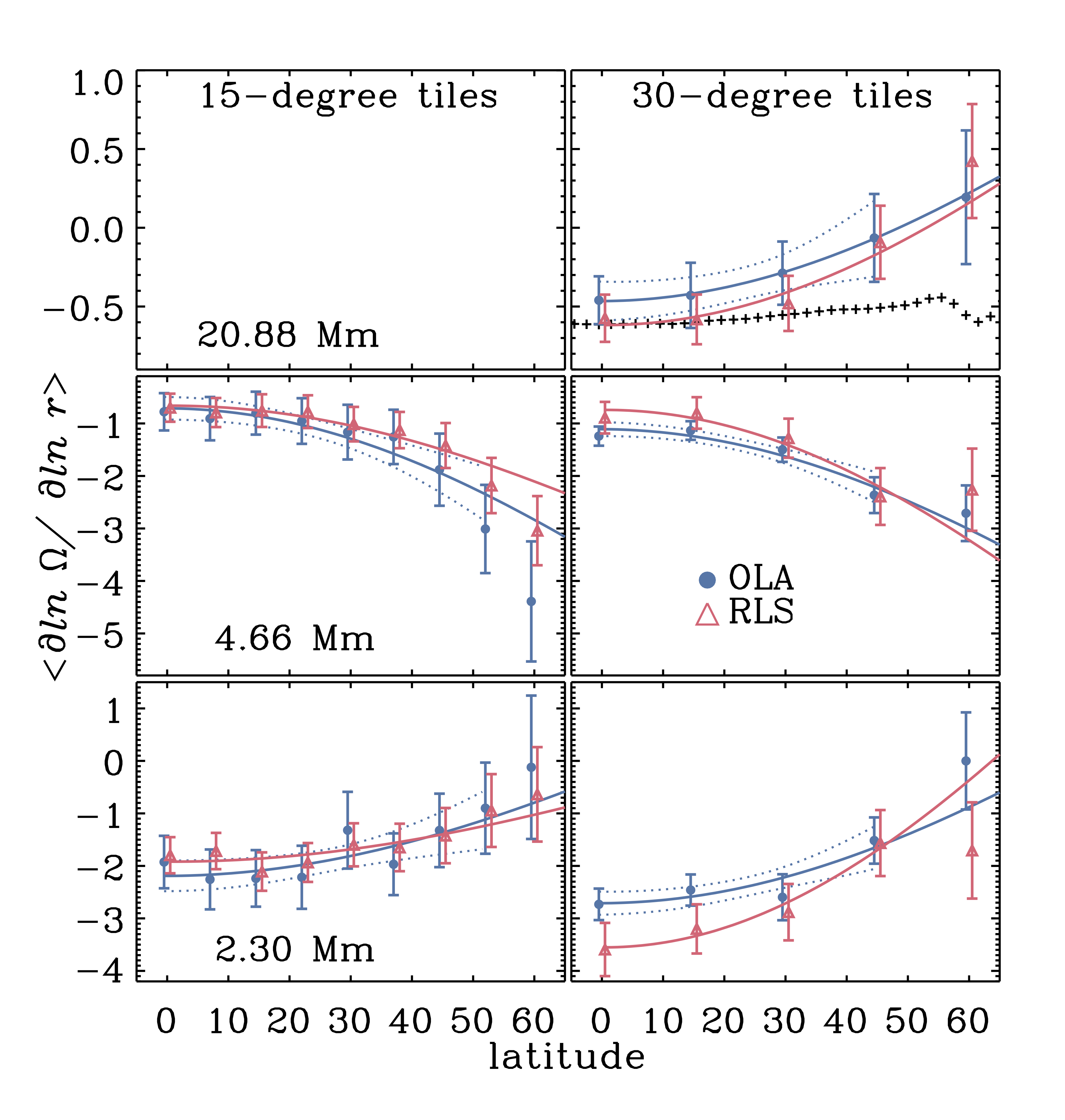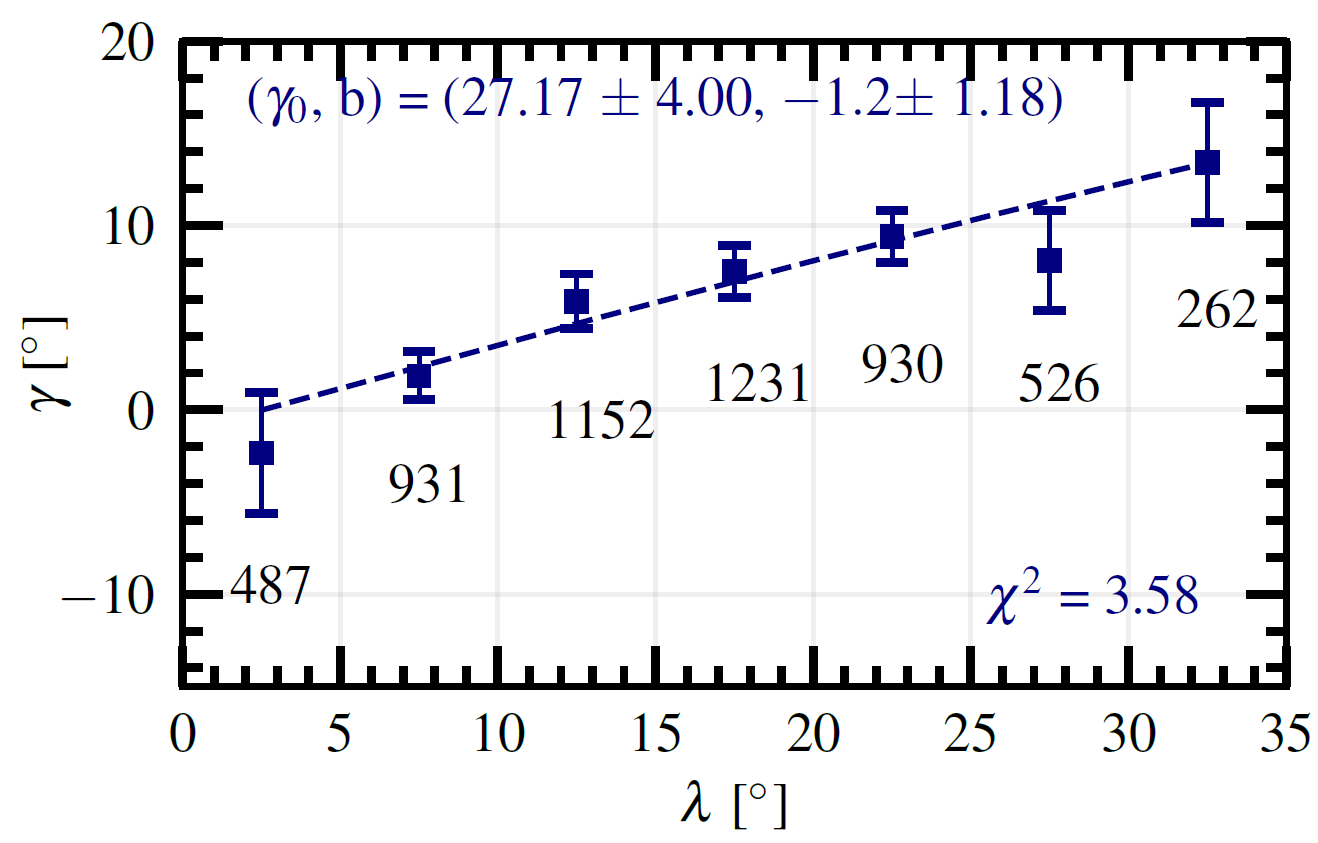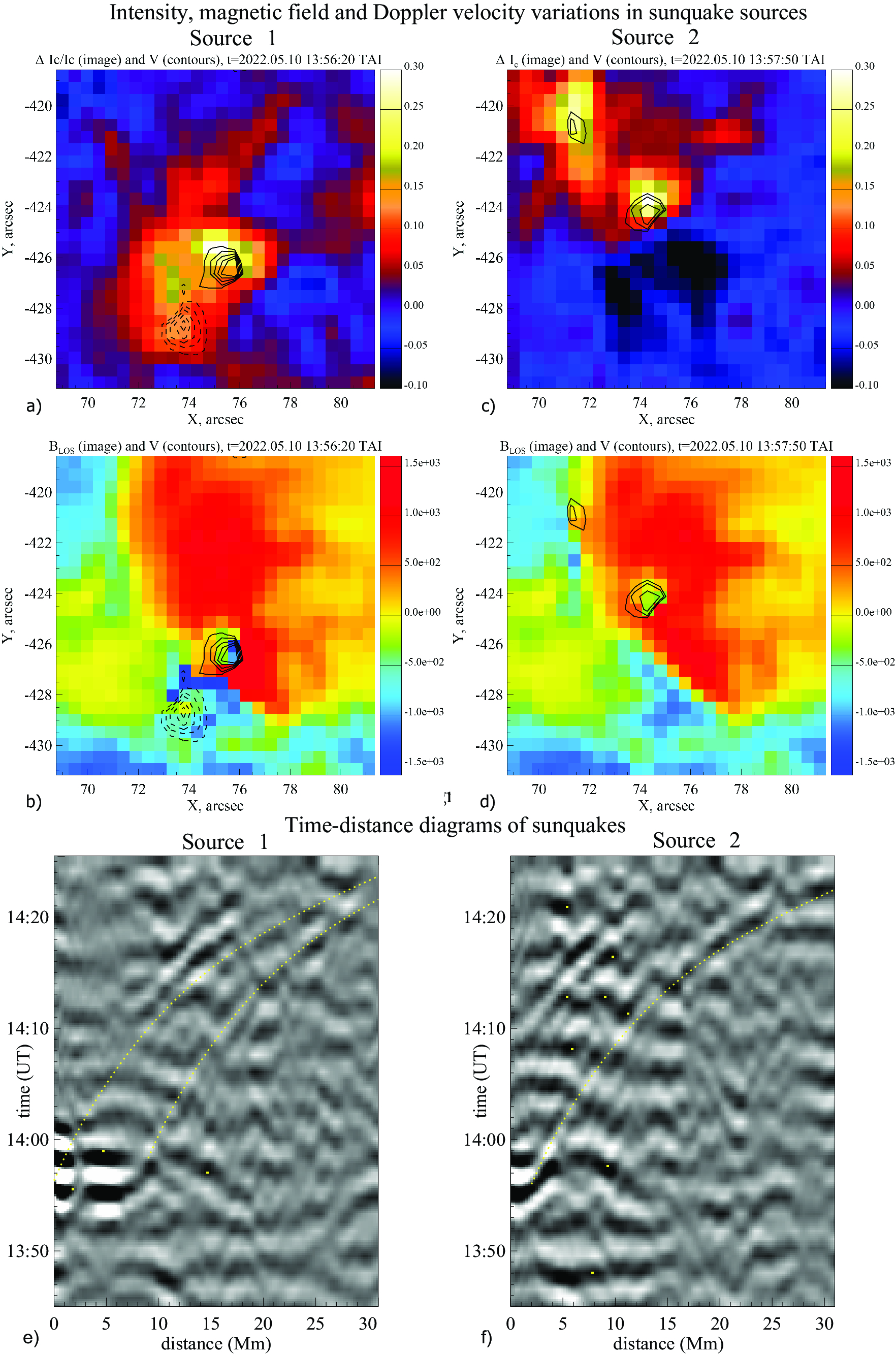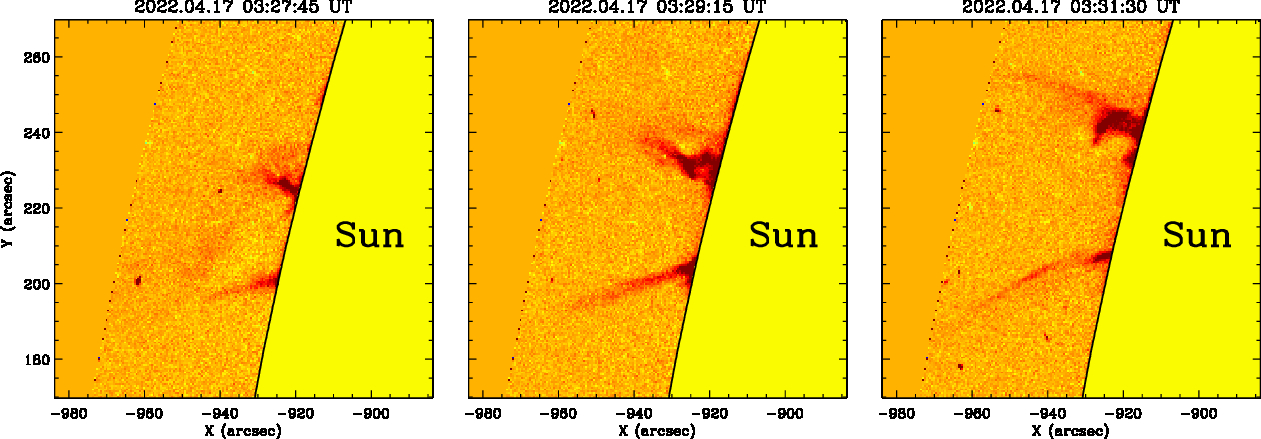Author Archives: admin
204. Exploring Meridional Flow in the Solar Polar Caps
A surface flux transport model, using HMI-observed global magnetic field and active regions as inputs, with different polar meridional-flow profiles simulates the magnetic field in the polar caps. The simulation is then compared with Hinode-observed polar magnetic fields. The result supports an existence of counter cells above 70-degree latitude in each hemisphere.
203. Exploring Substructure of the Near-Surface Shear Layer of the Sun
202. Optimization of Solar White-Light Flare Identification Methods and Its Application
A new method was developed to identify white-light flares (WLFs) observed in SDO/HMI continuum intensity. The new method is able to identify around 30% of C-class flares (and more percentage in stronger flares) having white light brightening associated with them, greatly expanding the total number of WLFs observed by HMI. The increased number of detections would help a statistical study of the properties of WLFs.










